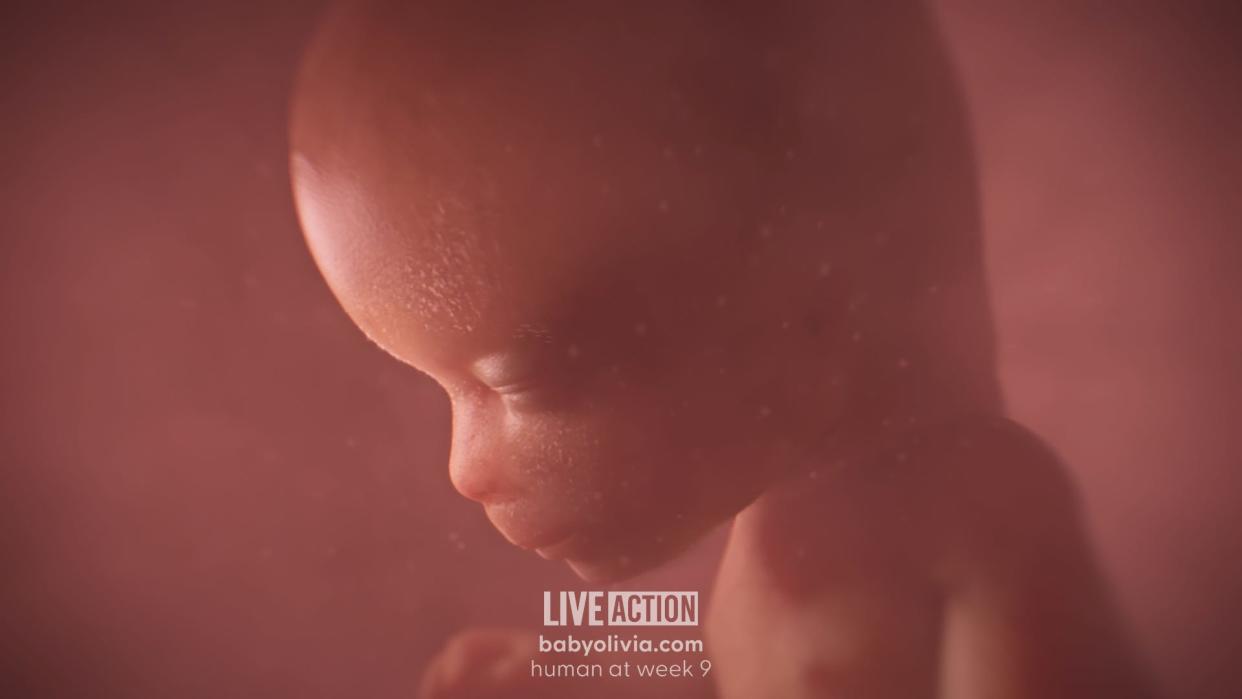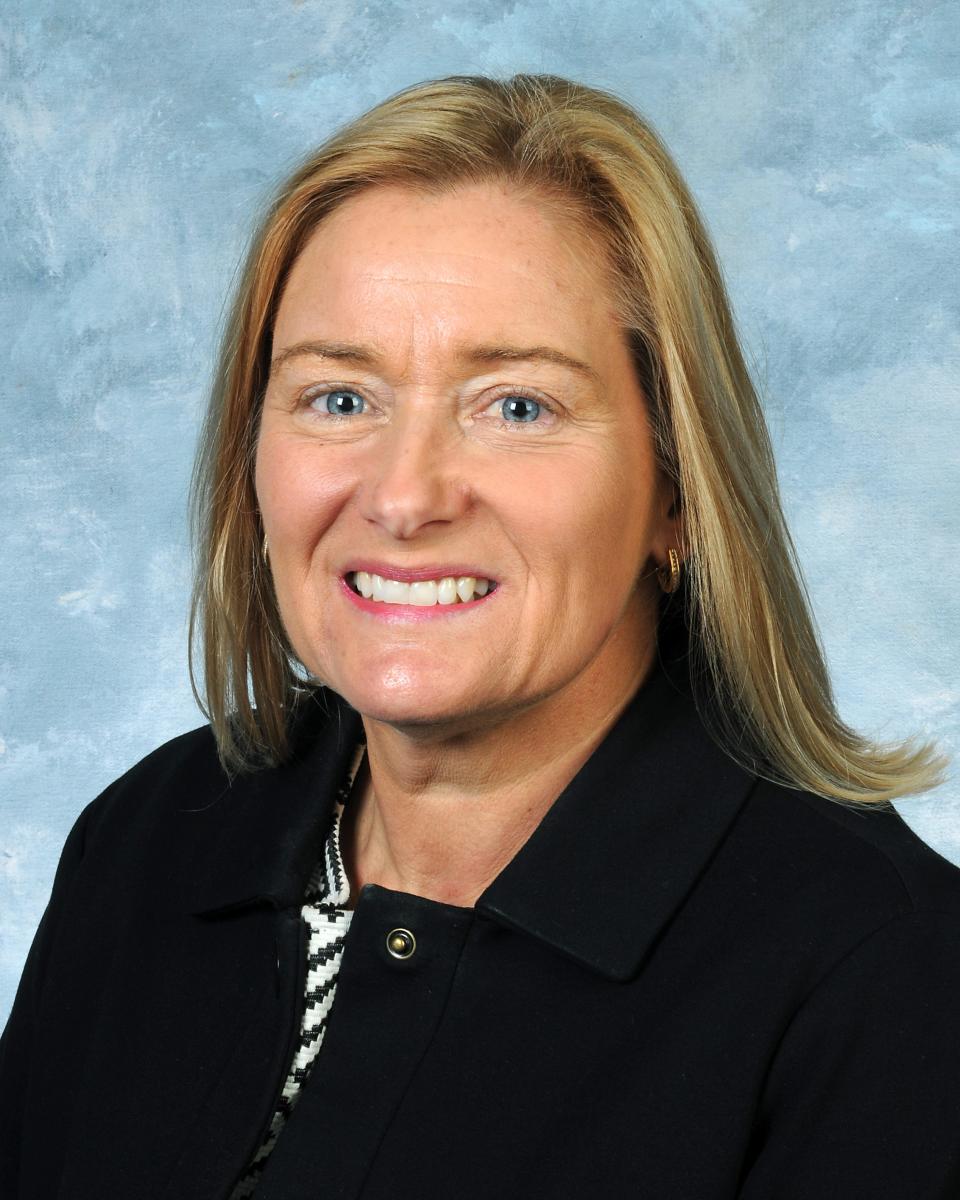What is the Baby Olivia video, and why do Kentucky lawmakers want school kids to watch it?

- Oops!Something went wrong.Please try again later.
- Oops!Something went wrong.Please try again later.
FRANKFORT — “This is the moment that life begins” a narrator says, as sperm meets egg.
That’s how a controversial video at the center of a legislative debate over sex education in Kentucky starts.
The animated video was screened during a recent House committee hearing on a bill that would require schools to add videos of human development during pregnancy and high-definition ultrasounds to sex education for students in sixth grade and up.
“The whole intent of 'Baby Olivia' is for there to be accurate information communicated at an age-appropriate level, communicating the spectacular growth of the baby in the womb,” Rep. Nancy Tate, R-Brandenburg, said about why she introduced House Bill 346.
Tate is also the sponsor of a bill that would require hospitals and birthing centers to provide “perinatal palliative care.” Democrats this week walked out of a committee hearing on that bill, saying it advances a narrow mindset about reproductive care for complicated pregnancies.

The anti-abortion group Live Action created the “Baby Olivia” video in 2021. North Dakota last year enacted a law nearly identical to Tate’s proposal, and three other states — Iowa, Missouri and West Virginia — are considering similar proposals.
Scientists and doctors have criticized the video for medical inaccuracies, and Democratic lawmakers opposed the bill, saying it will misinform Kentucky students.
Tate said her bill would not specifically require schools to screen the Baby Olivia video, although that would satisfy the bill’s requirement.
Still, the current version of the bill includes a provision that the bill be titled “the Baby Olivia Act.”
Is the Baby Olivia video accurate?
Dr. Daniel Grossman, a professor of obstetrics, gynecology and reproductive sciences at the University of California, San Francisco, told The Courier Journal there are “several medical inaccuracies” in the video.
While doctors and scientists date a pregnancy from the date of a woman’s last menstrual period, the video dates the pregnancy from the date of fertilization, which, Grossman said, “means everything happens two weeks earlier.” Using the video’s dating method, Grossman said, delivery happens at 38 weeks instead of 40 weeks.
Noah Brandt, vice president of communications for Live Action, acknowledged his organization dates pregnancy differently than typically clinicians do, but said that “conceptual age” is also a valid measure.
He said the Baby Olivia video uses the conceptual age framework because the video is about the development of a fetus, not the timing of a pregnancy.
Grossman also pointed out other inaccuracies in the video: The video says a heartbeat can be detected as soon as 3 weeks and one day after fertilization.
Grossman said another problem with the video is that it does not discuss the pregnant woman.
“There is very little mention of the woman in whose body the embryo is developing, including how she may feel about the pregnancy and how it may be affecting her health,” Grossman said.
What do others say about the bill?
Rep. Josie Raymond, D-Louisville, told The Courier Journal she would be comfortable with other videos that are more accurate than the Baby Olivia video, such as a video from National Geographic.
The Family Foundation, a Christian public policy advocacy group, supports the bill, said Michael Johnson, the group’s director of policy.
Planned Parenthood is opposed to the bill, said Tamarra Wieder, Kentucky state director for the group.
The American College of Obstetricians and Gynecologists has also criticized the video.
“Many of the claims made in this video are not aligned with scientific fact, but rather reflect the biased and ideologic perspectives of the extremists who created the video,” it said in a statement.
The Kentucky Education Association also opposes the bill, according to its website.
Where does the bill stand now?
After a debate on the bill in a House committee last week, the committee voted along party lines to approve the bill. It now needs approval from the full House to proceed.
House Democrats have so far filed seven different floor amendments that would, among other things, remove the provision calling the law “the Baby Olivia Act” and require that the video be “medically accurate.”
However, those amendments are unlikely to be added to the bill given the Republican supermajority.
More: Safer Kentucky, lunch breaks, Senate vacancy and more: Where these 7 bills stand
Reach Rebecca Grapevine at rgrapevine@courier-journal.com or follow her on X, formerly known as Twitter, at @RebGrapevine.
This article originally appeared on Louisville Courier Journal: Baby Olivia video pushed by Kentucky lawmakers for school kids

